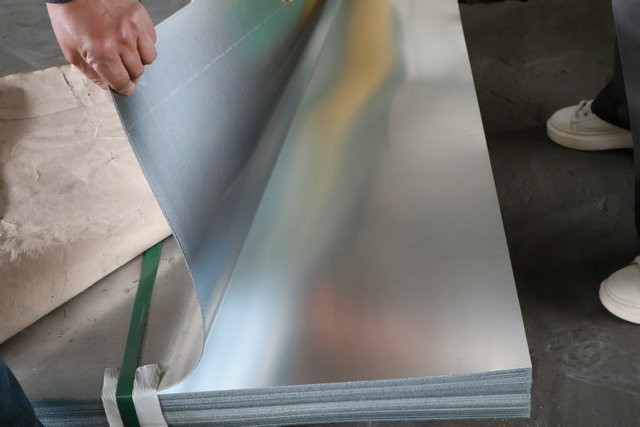The performance of galvanized steel metal sheet in cold environments is influenced by various factors. The following is a detailed analysis of its performance in cold environments:
1. The impact of low temperature on performance
1. Changes in strength and toughness
At low temperatures, the yield strength and tensile strength of steel usually increase, but the toughness decreases. This means that galvanized steel sheets may exhibit higher strength in cold environments, but are more prone to brittle fracture. The galvanized layer itself has limited impact on the low-temperature toughness of steel, mainly due to the dominant effect of changes in the properties of the steel matrix.
2. Cold brittleness phenomenon
In extremely cold weather, galvanized steel metal sheet may experience cold brittleness, where the material becomes brittle and hard at low temperatures, significantly reducing its impact toughness and making it susceptible to cracking or deformation due to impact.
3. Change in corrosion rate
The corrosion problems in cold environments mainly include wet corrosion and cold corrosion. Wet corrosion is caused by the solidification and shrinkage of water, while cold corrosion may occur in environments with moderate air humidity but extremely low temperatures. Under these conditions, the corrosion rate of galvanized steel metal sheet may be affected, but usually the galvanized layer can still provide some anti-corrosion protection.

2. Precautions for application in cold environments
1. Material selection considerations
When using galvanized steel metal sheet in cold regions, consideration should be given to selecting steel substrates with higher toughness and sensitivity to low temperatures to reduce the occurrence of cold brittleness.
2. Design and Construction Optimization
By optimizing structural design and reducing stress concentration areas, the crack resistance of galvanized steel metal sheet at low temperatures can be improved. Adopting rounded transitions and avoiding sharp notches in design details can help reduce the risk of crack propagation.
3. Maintenance and upkeep
Regularly inspect the surface condition of galvanized steel metal sheet to ensure that there are no cracks, rust, or other damages. In extremely cold weather, avoid water accumulation on the surface of galvanized materials or prolonged exposure to ice and snow to reduce the risk of corrosion. Maintain good ventilation around galvanized materials to avoid the accumulation of moisture and corrosive gases.
3. Performance advantages in cold environments
Although low temperature may affect certain properties of galvanized steel metal sheet, it still has significant performance advantages in cold environments:
1. Corrosion resistance
The galvanized layer can effectively prevent corrosion on the surface of steel plates, providing long-term anti-corrosion protection even in cold and humid environments.
2. Durability
Galvanized steel sheet metal has high strength and hardness, can withstand large loads and impacts, and can maintain good durability even at low temperatures.
3. Processability
It has good processing performance and can perform cutting, bending, stamping, welding and other processing operations, suitable for the production of various complex shapes and structures.
In summary, the performance of galvanized steel metal sheet in cold environments is influenced by various factors, but through reasonable material selection, design and construction optimization, as well as maintenance and upkeep measures, its performance advantages in cold environments can be fully utilized.
 Language
▼
Language
▼
